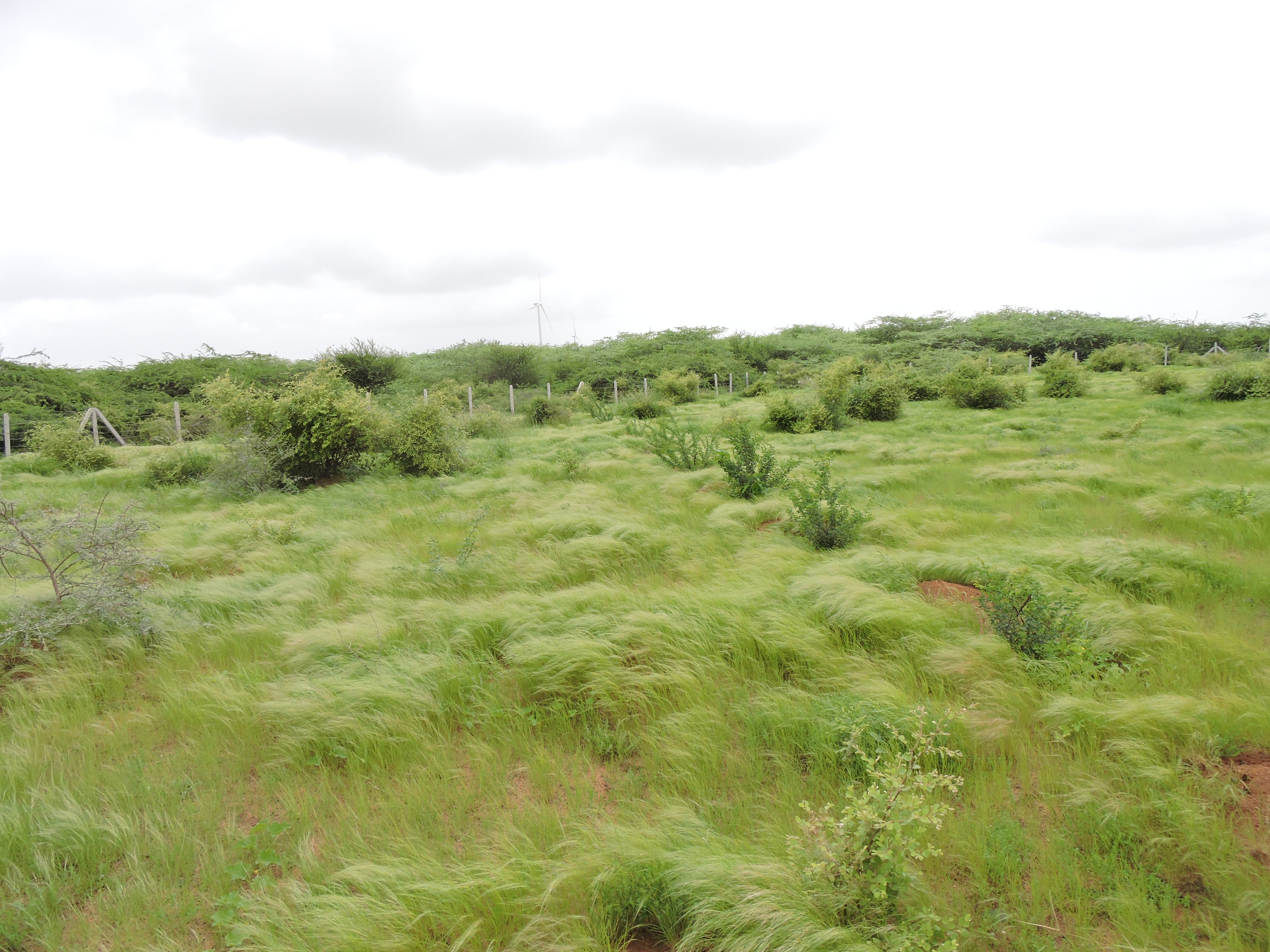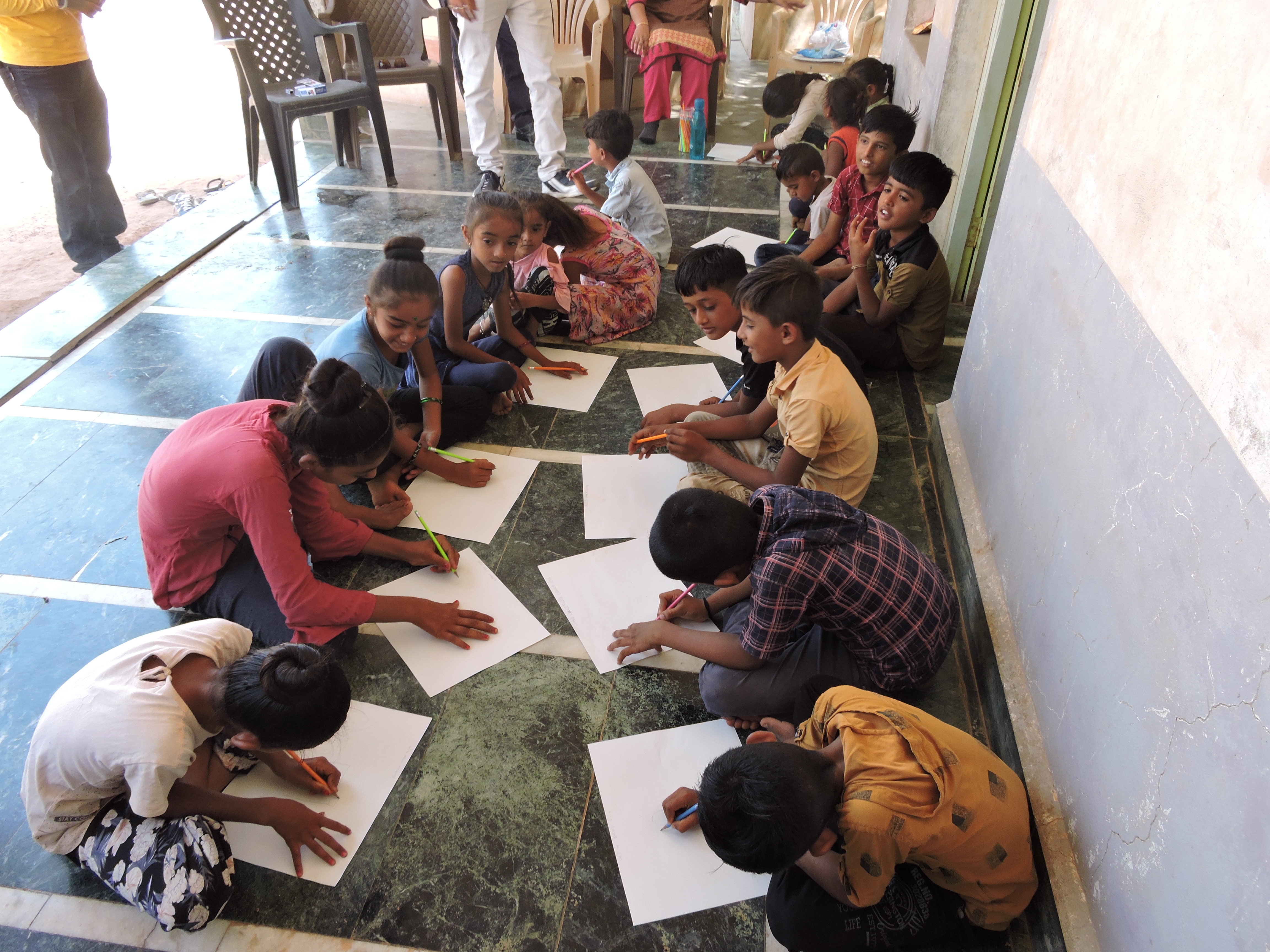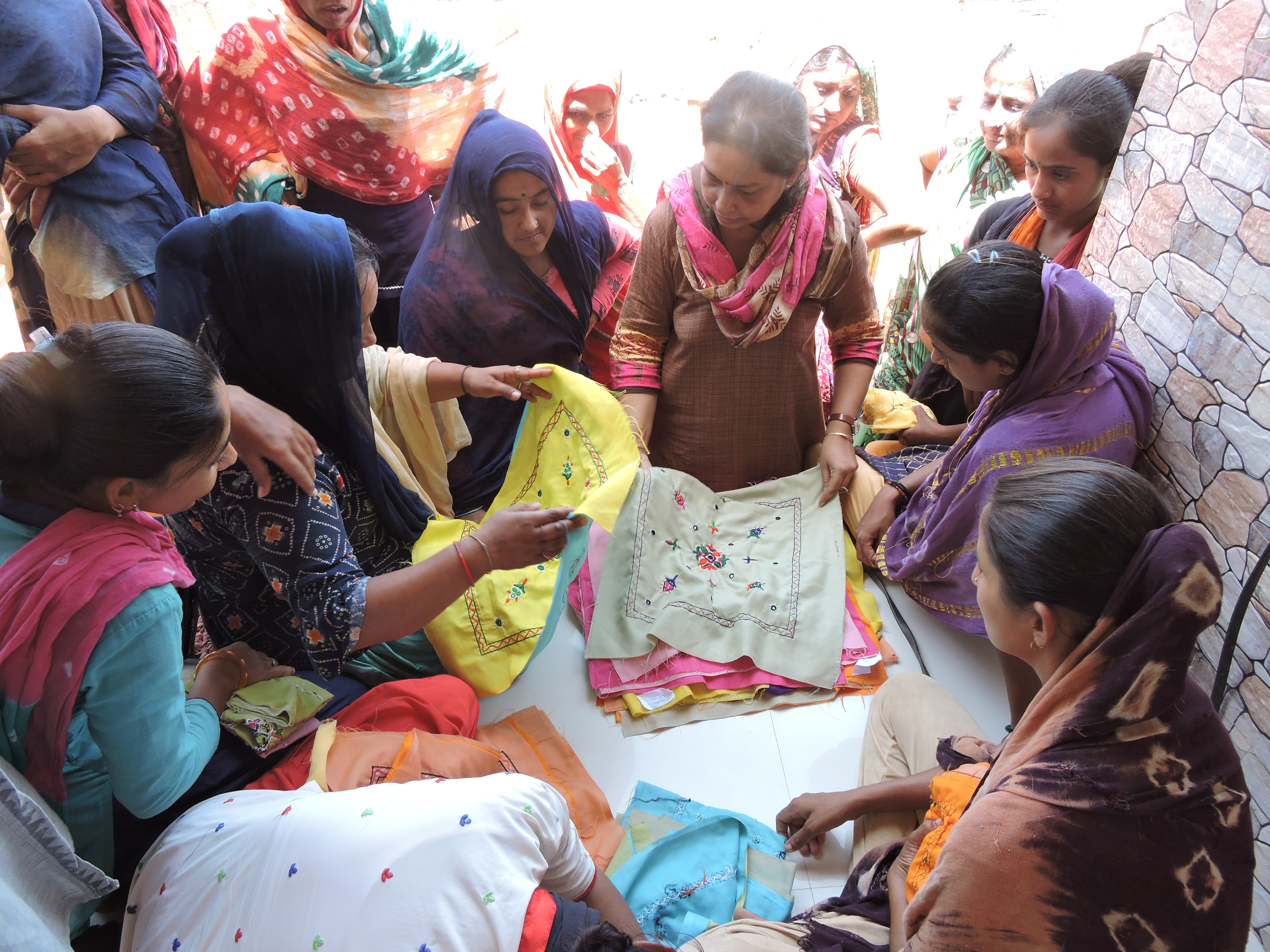The designations employed and the presentation of material on this map do not imply the expression of any opinion whatsoever on the part of IUCN concerning the legal status of any state, city or area or its authorities, or concerning the delimitation of its frontiers or boundaries.
Back





Ecological Restoration of Grasslands of Lakhpat, Gujarat
Contributing IUCN constituents: Gujarat Ecology Society
Project Details
| Name | Ecological Restoration of Grasslands of Lakhpat, Gujarat |
| Description | The (Adani Port and SEZ) was instrumental in taking a keen interest in helping locals overcome hardship faced by the community residing in the Guneri village of Kachchh, Gujarat. Guneri is ecologically important due to presence of inland mangroves, several RET, and endemic species. Long arid phases and overgrazing by livestock led to the degradation of grasslands and mangroves. With the consultation and involvement of locals, the restoration of open degraded areas of the villages was initiated in 2021, to increase grassland productivity and reduce pressure on the mangroves. Three steps approach was undertaken to fulfill the objectives, first community awareness and participation were ensured through various campaign programmes like Environment Day celebrations, handicrafts, and drawing competitions; secondly, the scientific approach of restoration involving the eight steps of the restoration process was initiated and thirdly the sustainability of the project was ensured through the community participation. The restoration process was challenging with the low annual rainfall 250 mm and higher salinity. The restoration process ensured that the diversity of the grass increased by 3 times, density by 8 times, and availability of green grass during the dry season. This local community is empowered through their involvement in various activities like the collection of grass seeds, seed ball preparation and broadcasting, conservation, and propagation of rare and endangered species like guggal. The project achieved SDGs Goal 13, Goal 14 and Goal 15. |
| Contributing IUCN Constituent | Gujarat Ecology Society |
| Start Date | 6/30/2020 |
| End Date | 6/29/2025 |
| Conservation Actions | 2.3. Habitat & natural process restoration |
| Needed annual budget | $19,000.00 |
| Total annual budget | $19,000.00 |
| Staff | ♀ - | ♂ - |
| Beneficiaries | ♀ - | ♂ - |
Potential reduction of species extinction risk resulting from threat abatement actions
This stacked bar chart represents the relative disaggregation of the selected contribution's total potential opportunity for reducing global species extinction risk through taking actions to abate different threats to species within its boundaries. The percentages refer to the amount of the total opportunity that could potentially be achieved through abating that particular threat.
% Contribution of threats to species extinction
4.00%
Work & other activities
4.93%
Mining & quarrying
5.73%
Hunting & collecting terrestrial animals
6.03%
Agricultural & forestry effluents
6.90%
Logging & wood harvesting
7.49%
Livestock farming & ranching
8.22%
Problematic native species/diseases
8.53%
Annual & perennial non-timber crops
11.59%
Dams & water management/use
18.61%
Invasive non-native/alien species/diseases
Threat type